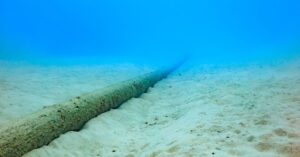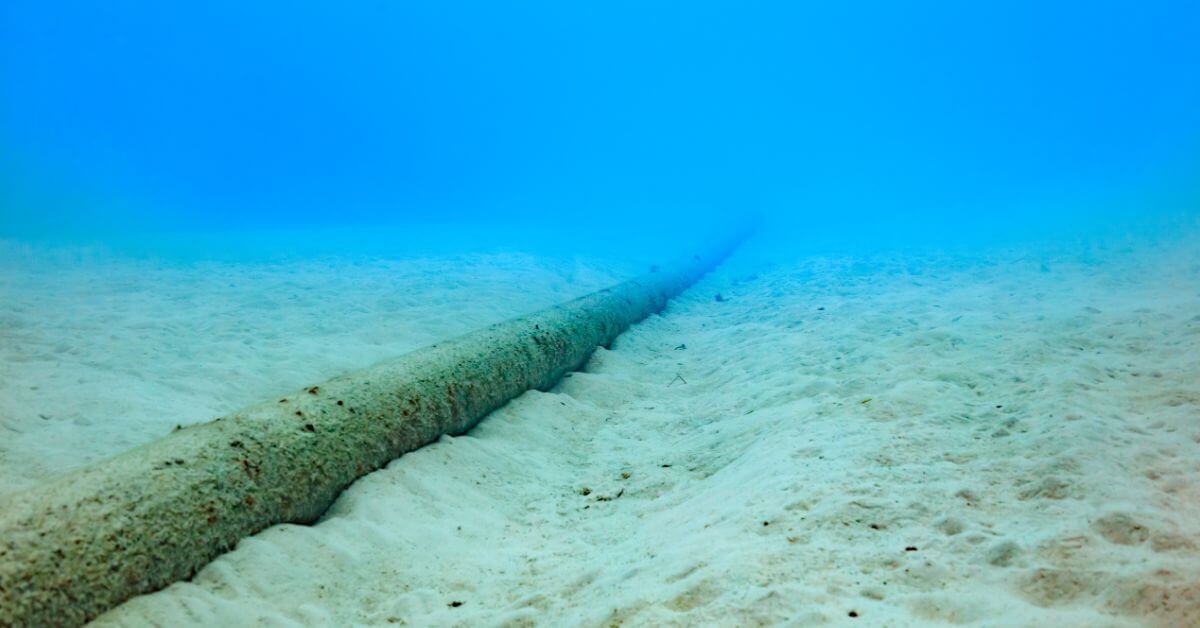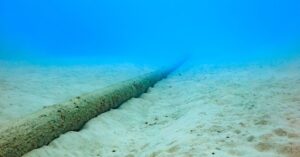
No Wires Needed! Quick And Safe Docking With Automated Mooring For Autonomous Ships
November 18, 2024
World’s First Large Retrofitted Dual-Fuel Methanol Container Ship Enters Service
November 19, 2024

Two undersea data cables in the Baltic Sea have been broken, increasing concerns about sabotage as tensions in Europe rise.
Authorities in Finland, Germany and Lithuania are investigating the cause of the damage that has hampered regional communications.
The first cable, known as the Cinia Oy C-Lion1, is 1173 km long. The submarine cable connects Helsinki, Finland, to Rostock, Germany, covering a distance of 1,200 kilometres (745 miles). Cinia, a Finnish telecom company, detected the fault early Monday (November 18, 2024) at around 0200 GMT.
The company reported that the details of the fault are yet to be determined, and an investigation is underway. Measures have been taken to repair the cable, and a repair vessel has been deployed to the site.
The repair of the damaged submarine cable could take about 5 to 15 days, depending on the conditions.
A second cable connecting Lithuania to Sweden’s Gotland Island went out of service on Sunday (November 17) at around 0800 GMT, according to Lithuania’s Telia Lietuva, a telecommunications company.
The foreign ministries of Finland and Germany expressed “deep concern” over the incident in a joint statement about possible “hybrid warfare by malicious actors.”
Though the ministries didn’t name any specific party, the statement highlighted increased threats to critical infrastructure due to ongoing geopolitical tensions, including Russia’s war in Ukraine.
The CEO of Cinia, Ari-Jussi Knaapila, revealed during a press briefing that the damage to the C-Lion1 cable occurred near Sweden’s second-largest island, Öland, and likely required external interference.
Meanwhile, Telia Lietuva said that the damaged Lithuania-Sweden cable accounted for nearly one-third of Lithuania’s internet capacity, but services have been restored through alternative routes.
Carl-Oskar Bohlin, Swedish Minister of Civil Defence, discussed the need for clarity, saying, “It is vital to determine why two undersea cables in the Baltic Sea have failed simultaneously.”
This incident comes after a series of similar disruptions in the Baltic Sea. In October 2023, a gas pipeline between Finland and Estonia was extensively damaged, with investigators saying that the damage was caused by a Chinese container ship dragging its anchor.
In 2022, the Nord Stream gas pipelines were destroyed by explosions, and the incident is still being investigated by German authorities.
A joint investigation by Nordic public broadcasters earlier this year revealed increased Russian military activity near subsea cables and wind farms in the region, which further brings them under suspicion.
The United States has also warned about possible Russian sabotage of critical infrastructure.
Although internet traffic disruptions have reduced due to redundant systems, cybersecurity experts discuss the importance of protecting Europe’s critical infrastructure.
Both affected cables are currently undergoing repairs, with the weather conditions determining how fast the services can be fully restored.
References: Reuters, BBC
Source: Maritime Shipping News


